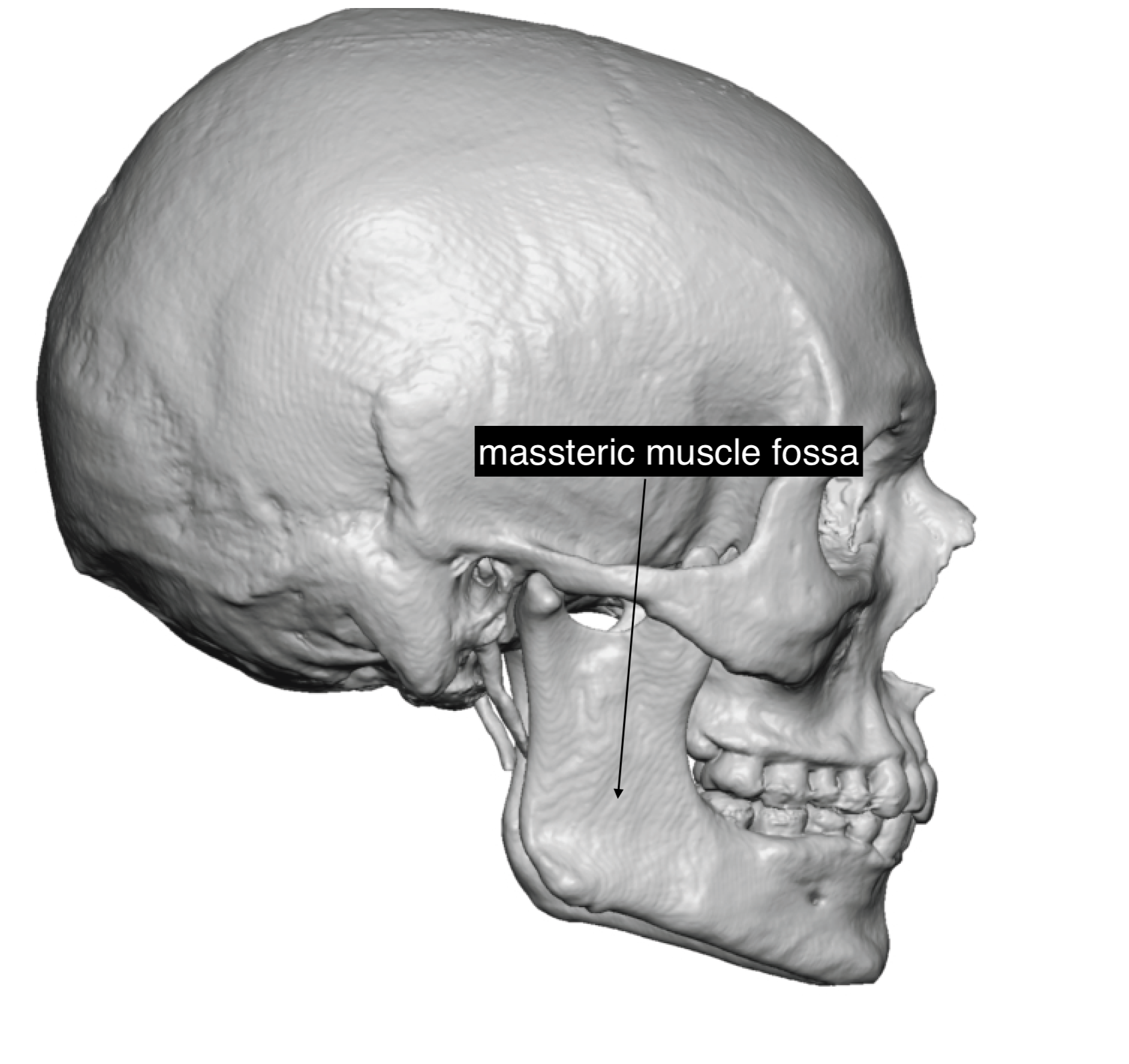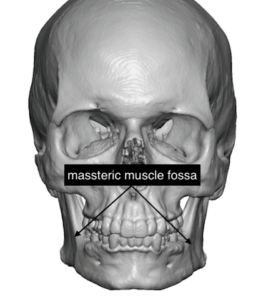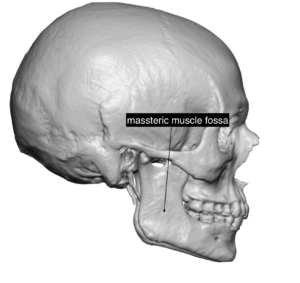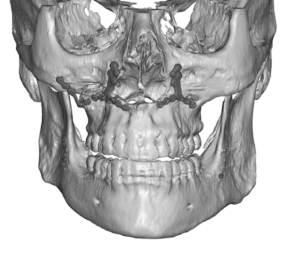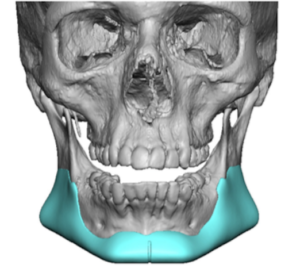Th typical perception of the outer shape of the jaw angles is that they are a flat surface. This is certainly how they are seen in looking at regular x-rays and on most plastic jaw models. But in looking at many 3D CT scans for jawline implant designs it is apparent that their actual topography is more complex. An improved understanding of their shape provides the opportunity for improved jaw angle/jawline implant designs.
Anatomically the shape of the jaw angles is primarily the result of the functional load applied to it by the masseter muscles and its genetically driven growth and development. The large quadrilateral masseter muscle originates from the back end of the zygomatic bone as well as along the inferior aspect of the zygomatic arch. It extends downward to insert along the perimeter of the jaw angle and the lateral surface of the ramus.(technically this is the superficial head of the muscle) The deeper smaller head inserts into the upper half of the ramus and the coronoid process and does not directly influence the lower jaw angle shape.
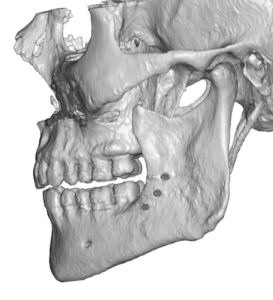
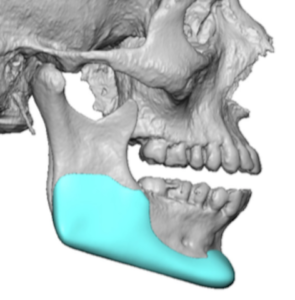
While it is true that a more defined jaw angle can be surgically created by an implant, its design/shape must allow more of the bony rim to be seen rather than just enlarging/expanding the bulk of the masseter muscle.
Dr. Barry Eppley
Indianapolis, Indiana

